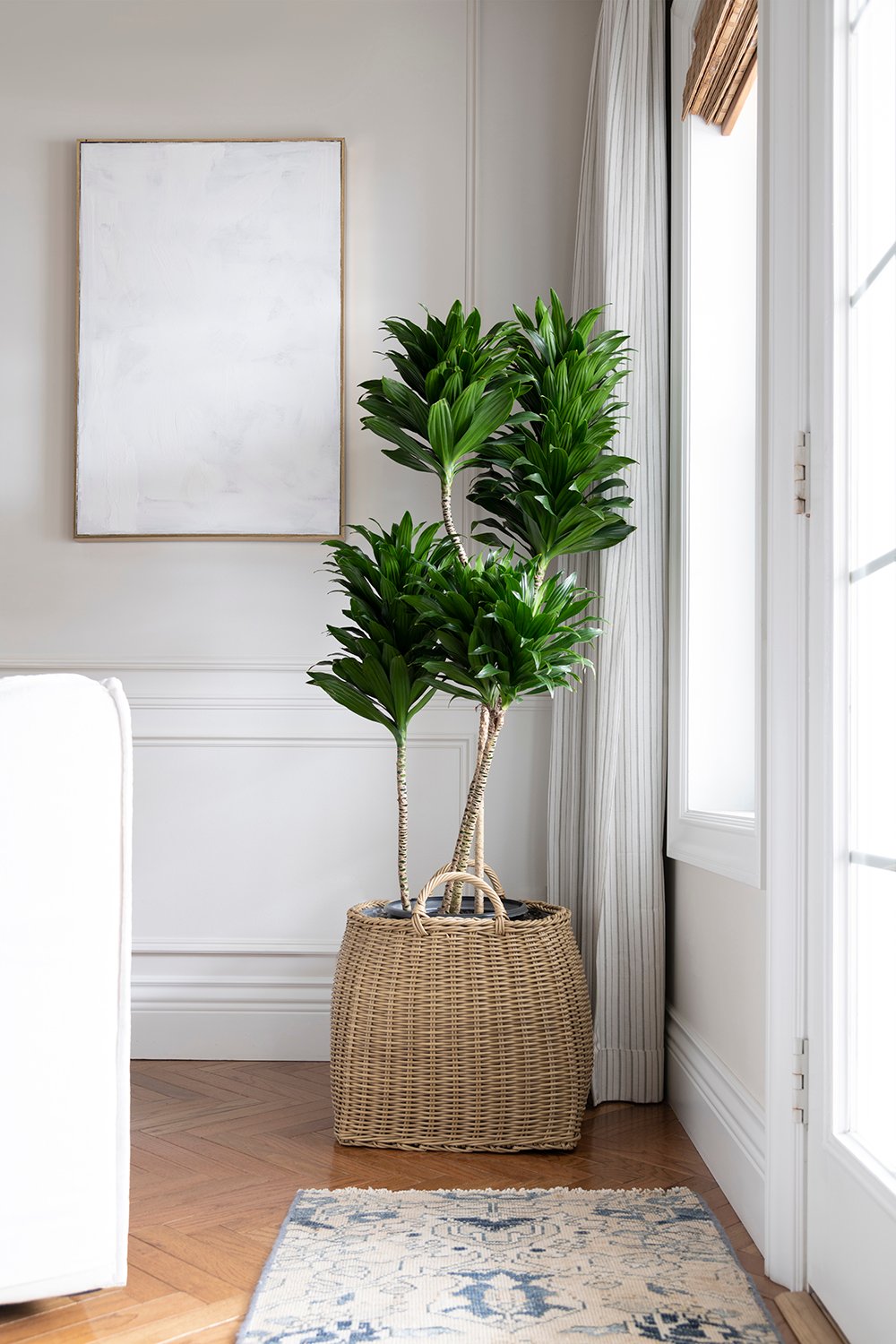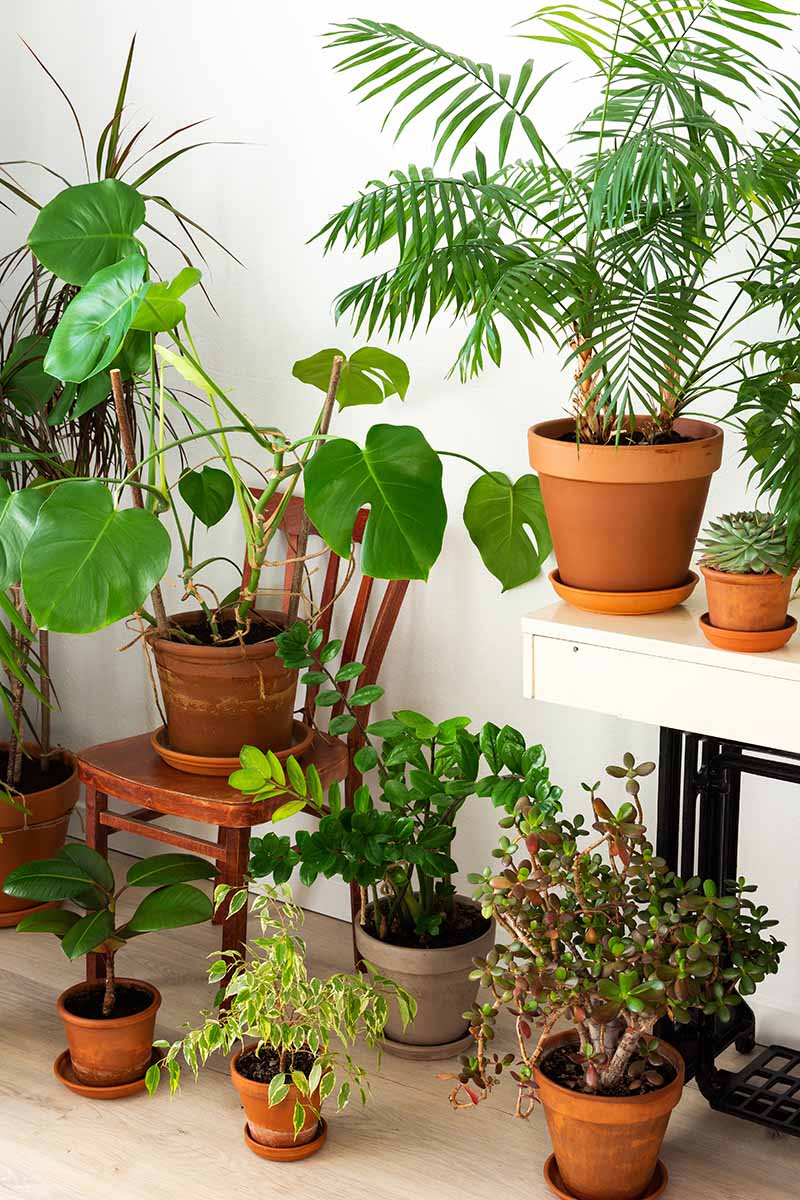How to Care for the Best Low-Light Indoor Plants in Any Environment
How to Care for the Best Low-Light Indoor Plants in Any Environment
Blog Article
Uncover the Tricks of Low-Light Indoor Plants and Exactly How They Improve Your Setting
Low-light indoor plants have garnered raising attention for their one-of-a-kind capability to enhance both visual allure and ecological quality within homes and workplaces. These resilient species, consisting of the Serpent Plant and Peace Lily, not just flourish in challenging lighting conditions yet likewise play an essential role in air filtration and emotional well-being.
Advantages of Low-Light Indoor Plants
Although many individuals assume that indoor plants call for abundant sunlight to grow, low-light indoor plants supply a plethora of benefits that make them excellent for numerous settings. Among the primary benefits is their flexibility; they can flourish in spaces with minimal all-natural light, such as offices, cellars, or spaces with little home windows. This feature allows people to improve their surroundings with greenery, adding to enhanced aesthetics without the demand for comprehensive lighting adjustments.
Moreover, low-light indoor plants can substantially enhance indoor air high quality by launching and filtering system harmful contaminants oxygen, making living spaces healthier. Research study has revealed that specific selections can soak up contaminants, thus promoting a cleaner environment. In addition, they can boost mental wellness by lowering tension and raising productivity. The visibility of plants has been connected to better sensations of tranquility and focus.
Furthermore, low-light plants commonly require less maintenance than their sun-loving counterparts, making them suitable for hectic individuals or those brand-new to gardening. Their durability permits them to flourish with very little intervention, hence supplying a satisfying experience for plant lovers and newbies alike. In summary, low-light interior plants serve both aesthetic and useful objectives, making them beneficial additions to any type of space.
Leading Low-Light Plant Ranges
Low-light indoor plants come in a range of species, each offering special features and benefits suited for dim atmospheres. Amongst one of the most prominent selections is the Snake Plant (Sansevieria), recognized for its air-purifying capacities and building leaves. This durable plant thrives on overlook and can endure a variety of light conditions.
One more outstanding choice is the ZZ Plant (Zamioculcas zamiifolia), which features shiny, dark environment-friendly leaves and is highly drought-tolerant. Its adaptability makes it a preferred for workplaces and homes with limited sunlight.
The Pothos (Epipremnum aureum) is likewise a top challenger, with its trailing vines and heart-shaped leaves - Best low-light indoor plants. This flexible plant can be educated to climb or waterfall, including aesthetic rate of interest to any type of room

Care Tips for Low-Light Plants
Looking after low-light indoor plants requires a nuanced understanding of their particular needs to make sure ideal growth and vigor. It is vital to select the ideal potting mix, as a well-draining soil is vital to protect against origin rot. A blend designed for houseplants, commonly having peat moss and perlite, works well for the majority of low-light varieties.
Watering is one you could try these out more crucial element of care. Low-light plants normally need less constant watering compared to their sun-loving counterparts. It is advisable to examine the leading inch of dirt; if it really feels completely dry, it's time to water. Overwatering can bring about complications such as mold and origin degeneration.
Fertilizing should be come close to with caution. During the growing season, a diluted fluid fertilizer can be applied monthly, yet in winter season, several low-light plants go into inactivity and call for little to no fertilizing.
Lastly, it is essential to regularly cleanse the leaves to remove dirt, permitting far better light absorption. By sticking to these care suggestions, you can cultivate a successful atmosphere for your low-light indoor plants, improving both their appearance and durability.
Enhancing Air Quality With Plants
Indoor plants play a substantial role in boosting air high quality within homes and office rooms. Through the procedure of photosynthesis, these plants soak up carbon dioxide and launch oxygen, contributing to a healthier atmosphere. Furthermore, her explanation certain low-light indoor plants have the capability to filter hazardous toxins, such as formaldehyde, trichloroethylene, and benzene, which are frequently discovered in indoor environments.

Furthermore, the existence of interior plants can raise humidity levels, which helps reduce completely dry skin and respiratory system issues, further enhancing general health. This capability to enhance air quality not just advertises physical health yet likewise sustains psychological wellness.
Including low-light indoor plants right into your living and functioning areas can result in a more invigorating and vivid setting (Best low-light indoor plants). Purchasing these natural air cleansers is a simple yet effective method for boosting indoor air top quality and cultivating a much healthier way of life
Producing a Serene Indoor Space
The integration of plants right into living areas not just enhances air top quality but likewise contributes to a peaceful ambience. Low-light indoor plants, such as snake plants and pothos, are especially effective in creating a serene environment, as they grow in conditions that might or else be unwelcoming for other greenery. Their rich foliage provides a relaxing visual, lowering stress and anxiety and advertising relaxation.
Including these plants right into your home or workplace can evoke a sense of web peace and well-being. Tactically putting them in areas where you spend significant time, such as living spaces or work spaces, permits for an immersive experience with nature, which has been revealed to enhance mood and cognitive feature.
In addition, the gentle movement of fallen leaves in feedback to air flow can create a vibrant aesthetic component that enhances the total setting. Think about utilizing a range of plant elevations and textures to add deepness and passion to your space. With thoughtful placement and treatment, low-light interior plants can change any location into a tranquil refuge, cultivating not only aesthetic complete satisfaction however likewise emotional and emotional health.

Verdict
Integrating low-light indoor plants right into numerous atmospheres returns substantial advantages, including boosted air quality and boosted visual appeal. The transformative power of low-light plants emphasizes their value in boosting both property and job-related setups.
Although many people assume that indoor plants need bountiful sunlight to prosper, low-light indoor plants supply a wide variety of benefits that make them ideal for different atmospheres.In addition, low-light indoor plants can significantly boost interior air top quality by releasing and filtering unsafe toxic substances oxygen, making living spaces healthier. Additionally, specific low-light interior plants possess the capacity to filter dangerous contaminants, such as formaldehyde, trichloroethylene, and benzene, which are generally located in interior settings.
Low-light indoor plants, such as snake plants and pothos, are especially reliable in developing a peaceful setting, as they thrive in problems that might otherwise be unwelcoming for various other greenery.Including low-light interior plants right into various atmospheres yields substantial benefits, consisting of boosted air top quality and enhanced aesthetic charm.
Report this page